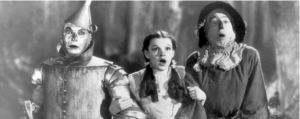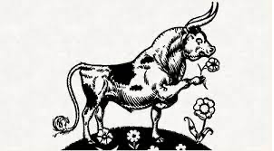Recessions, inflation, and bears, oh, my! Dorothy, Scarecrow, and Tin Man didn’t know how easy they had it just worried about lions and tigers and bears.

What is a Bear Market, anyway? How does it compare to a Bull Market? How is a Bear related to a Recession? Herewith, the answers:
A Bear Market is defined as prolonged period of decline in a stock market that is 20% or more off its most recent high level. A Bear Market does not always mean the economy is in a Recession.
So, what is a Recession? Recession used to be considered if Gross Domestic Product dropped in two consecutive quarters. But, change is constant and now a recession is defined by the National Bureau of Economic Research (NBER), which officially declares recessions, as a significant decline in economic activity spread across the economy, lasting more than a few months, normally visible in real GDP, real income, employment, industrial production, and wholesale-retail sales.*
A recession could be accompanied by a bear market, but a bear market doesn’t always mean recession. There have been 26 bear markets since 1920, but only 15 recessions.
On the flip side, let’s not forget about our good friends, the Bulls! Below, my very favorite bull, Ferdinand.

The commonly accepted definition of a bull market is when stock prices rise by 20% after two declines of 20% each. There have been 27 bull markets since 1928. Sounds like a tie between the bulls and the bears.
But wait, there’s more! Bear markets on average last 289 days vs. an average period of 991 days for the Bulls. Lesson: Stay in the market when the bears come around, so you are ready when the bulls take over.
*Source; Investopedia



